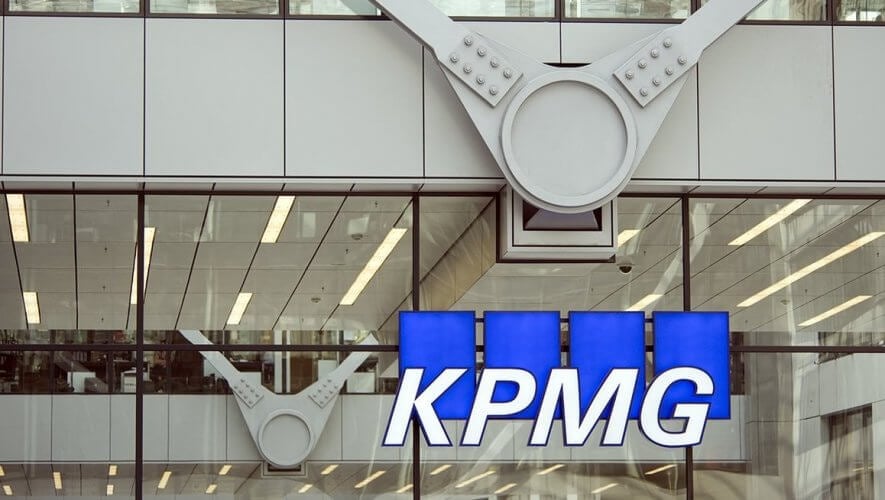“Sell in May and go away” was an investors’ adage invoked as vacation strategy in a more genteel era. Returns in the summer were said to lag the rest of the year—and in any event, that’s how brokers justified their holiday cottages on the eastern seaboard.
This year the maxim has twice failed my attempt to stay off the grid. Most visibly, the SEC on June 17 ordered a $50 million fine against KPMG LLP; the penalty was a two-fer: both a complement to the criminal proceedings against senior personnel of the firm and the PCAOB for the theft and misuse of agency inspection information, and also for the firm’s gaming of internal training and tests, including those done under prior orders of the SEC itself.
Also there is the inquiry in the U.K. into the “purpose of audits,” led by former London Stock Exchange chair Sir Donald Brydon, under a charge from Greg Clark, secretary of state for business, energy and industrial strategy—latest in a series of official proceedings involving the Big Audit model, inspired by a series of scandals originating with the January 2018 collapse of the giant public contracting enterprise Carillion.
Sir Donald’s convocation of two diverse advisory groups, and his upbeat Twitter note that his Call for Views in April elicited 110 responses, provide optimism that the project will not only look at the expectations of the capital markets for an audit model fit for modern purpose, but also assess the realities, weaknesses, and challenges in the existing market dominance of the Big 4.
Uncertainties around KPMG’s punishment connect the two. The link is the under-appreciated fragility of the Big 4—the shockingly low ceiling on the financial capacity of the firms to survive a fine or judgment on the scale that Enron inflicted on Arthur Andersen, because another collapse would put at risk the entire model.
A $50 million fine against KPMG is not itself of that magnitude. Spread among the roughly 2,200 partners of the U.S. firm, with its 2018 revenue on the order of $9 billion, the bearable impact is about $23,000 per partner. (The LLP does not disclose profits per partner, but a comparison with the disclosed 2018 partner profits of the KPMG network’s firm in the U.K.—£601,000, or about $765,000, is probably reasonable.)
Skepticism about the size of the hammer wielded by the SEC has come from well-recognized critics: in the U.S., Jason Bramwell here at Going Concern, Matt Kelly at Radical Compliance, Francine McKenna at MarketWatch; in the U.K., twittering academics @premsikka and @atulshah among others.
Which is not unfair. A fine of even $100 million would not raise the individual impact above $50,000 each for the average KPMG LLP partner.
But the critics’ argument for a fine of $1 billion, nearing $500,000 per partner, would be another matter. That would be seriously painful and, if doubled, would raise the existential challenge that insecure partners would swallow their loyalty, withdraw their capital, and vote with their feet—throwing the firm and its entire global network into an Andersen-like death spiral.
Theoreticians and policy-makers concerned with crimes and punishments have agonized over the complexities: What level of sanctions properly balances society’s desire for deterrence with the appropriate pain on a wrong-doer? How well is justice served, where collateral concerns—here, the survival of the Big Audit model itself—put a practical ceiling on the ability to punish?
If the problems with money fines are intractable, what other tools are available? The SEC’s June 17 order (paragraphs 65 to 82) includes a basket of multiyear reviews, reports and undertakings by leadership of KPMG LLP, and requires the engagement of an independent consultant.
Enough to satisfy the critics? If those impositions are too light to be credible, suppose creation of an office of the CEO, with C-suite presence of outsiders on a day-to-day supervisory basis.
The idea that senior management be supplanted by outside leadership has been advanced at least twice—first in 2002, as Arthur Andersen lurched to its collapse, with the non-starting notion that the eminent Paul Volcker should step in, and again in 2008 as a proposal of the Advisory Committee on the Auditing Profession convened by Treasury Secretary Henry Paulson.
Both met understandable ridicule and rejection. The powers of a newly-arrived corporate CEO to hose the stables might be effective—wholesale firings and reorganizations would be well within scope. Not so, as Andersen’s experience demonstrated, where a partnership’s viability depends on retention of the skills, votes, and mutuality of trust and confidence among a committed collection of partners.
“Solutions” either facile or intemperate being unhelpful, here are offered two desires: First, that for the sake of their credibility, the critics should be obliged to annotate their harsh rhetoric with constructive proposals by which to replace the current Big Audit model, which the draconian penalties they urge would threaten to destroy.
Second, that Sir Donald Brydon’s review will have sufficient breadth to embrace the entire array of inter-connected issues, including the survivability of the Big 4 model for privately provided large-company audits.
Jim Peterson is a 19-year veteran of Arthur Andersen’s internal legal group. He has been writing about the accounting firms and the Big Audit model since 2002, on his blog, Re:Balance, and in his two books, “Count Down: The Past, Present and Uncertain Future of the Big Four Accounting Firms” (2d ed. 2017) and, just released this May, “DOA: Can Big Audit Survive the UK Regulators?”
Related articles:
SEC Says $50 Million Fine For KPMG Is ‘Significant’ and ‘Appropriate’ For All That Cheating Going On
Which KPMG Scandal Is Worse: PCAOB ‘Steal the Exam’ or CPE Training Exam Cheating?
Survey Finds That Nearly a Third of KPMG Employees Aren’t Surprised by Latest Cheating Scandal



